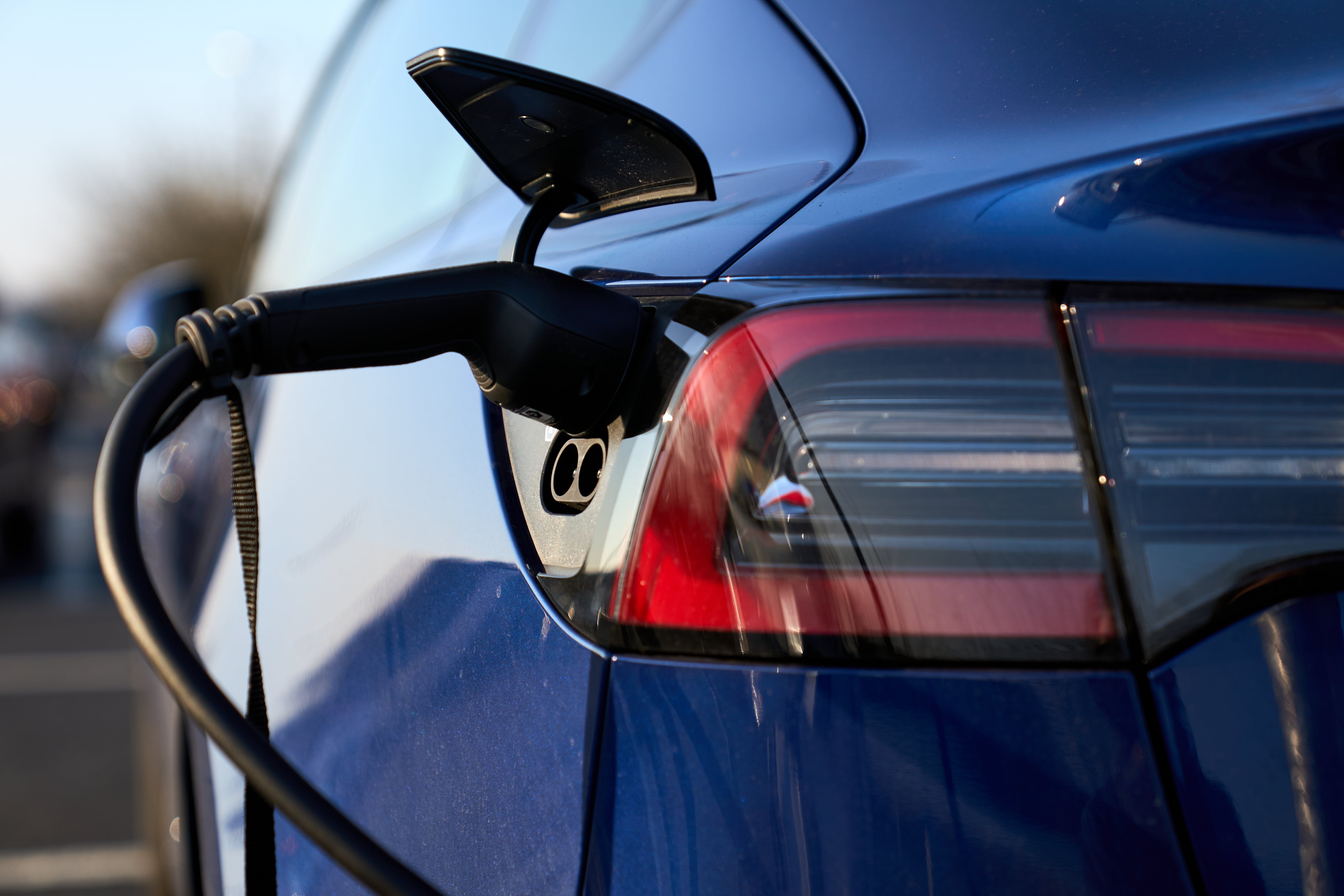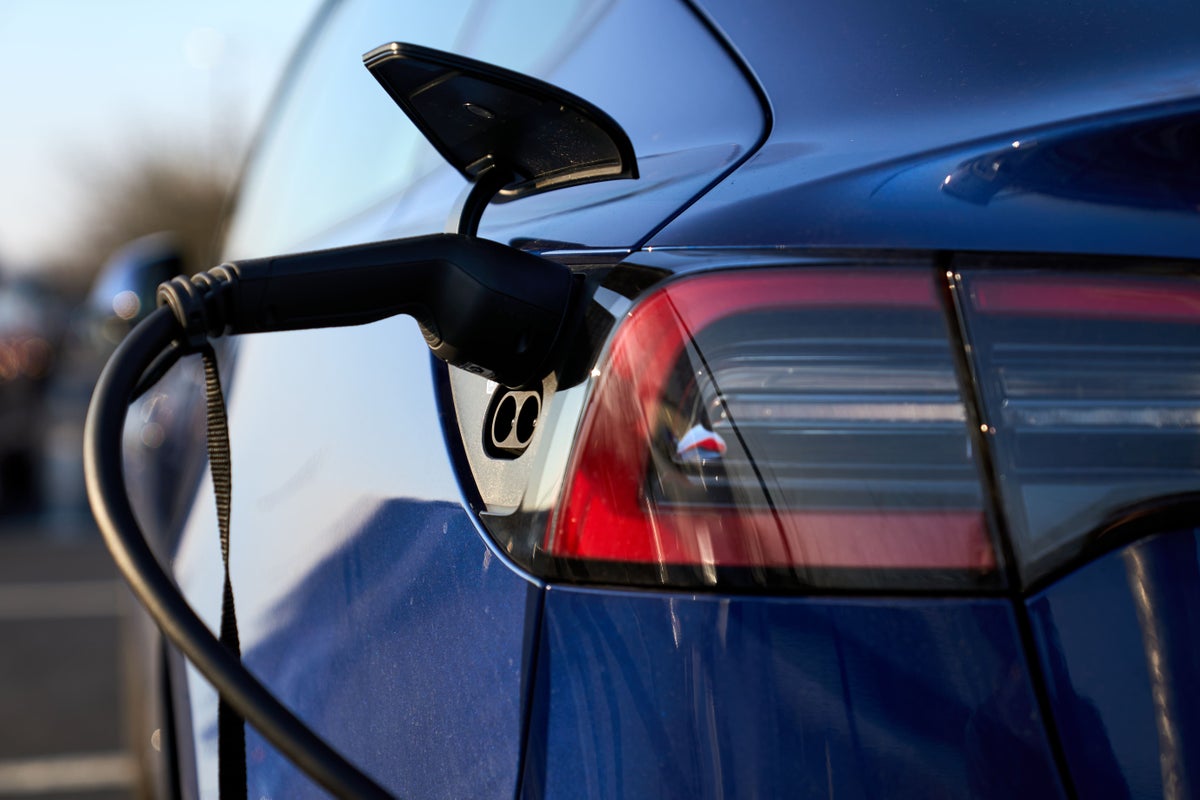- Lifestyle
- Motoring
- Motoring News
Maximising an electric vehicle's range can be significantly helped by changing your driving habits
Jack EvansThursday 27 November 2025 11:08 GMTComments
 CloseThe Truth About EVs
CloseThe Truth About EVs
Get our weekly Drive Smart newsletter for motoring news, reviews and advice from EV editor Steve Fowler
Get motoring news, reviews and advice from EV editor Steve Fowler
Get our EV editor’s weekly Drive Smart newsletter
 Email*SIGN UP
Email*SIGN UPI would like to be emailed about offers, events and updates from The Independent. Read our Privacy notice
Electric vehicles are undeniably impacted by falling temperatures and during the winter months.
Colder conditions cause EV batteries to work harder for power, inevitably reducing their range between charges.
However, measures exist to ensure your electric car operates as efficiently as possible during these colder periods.
Make the most of pre-heating
Maximising an electric vehicle's range can be significantly aided by utilising its pre-heating function.
Present in almost all electric vehicles, this clever feature allows owners to schedule a departure time, prompting the vehicle to automatically warm the cabin up to a desired temperature in advance.
Furthermore, some models offer remote activation through a dedicated smartphone application.
 open image in galleryOne of the best ways to maximise your electric car’s range is by using a pre-heating function (PA Wire)
open image in galleryOne of the best ways to maximise your electric car’s range is by using a pre-heating function (PA Wire)It’s best done when your car is plugged in as it will mean that the vehicle is warming up using plug-power rather than the on-board batteries.
As a result, you will get to start your journey with a full battery and a warm car, rather than using the car’s energy – and range – to heat things up as you leave.
Use heated seats and steering wheel
A car’s heating and air conditioning system requires a lot of energy to run, so if you are trying to maximise an EV’s range, then using the heated seats and heated steering wheel – if fitted – can really help.
Operate these features instead of using the heating and air conditioning and you will make a big impact on overall range.
Of course, if things do get really chilly, then switch on the heating so you’re not too cold when behind the wheel.
Get your charger and tariff now. Save happily EV after.
T&Cs apply
Find out moreADVERTISEMENT
Get your charger and tariff now. Save happily EV after.
T&Cs apply
Find out moreADVERTISEMENT
 open image in galleryIf you’re trying to maximise an EV’s range, then using the heated seats and heated steering wheel – if fitted – can really help (Getty Images)
open image in galleryIf you’re trying to maximise an EV’s range, then using the heated seats and heated steering wheel – if fitted – can really help (Getty Images)Make sure tyres are properly inflated
Just the same as with petrol and diesel cars, under-inflated tyres on an electric vehicle can drastically affect range.
Tyres which aren’t inflated correctly ‘drag’ more and, in turn, cause a car to use more electricity, just as the same issue causes petrol or diesel cars to use more fuel.
So make sure that they’re topped up to the manufacturer’s recommended pressures. You can usually find these in the vehicle handbook or in the area inside the driver’s door.
Use eco mode
A lot of electric vehicles feature a dedicated ‘eco’ mode, which reduces power and some auxiliary functions to maximise range.
It’s worth checking to see if your EV is equipped with one, as if you’re looking to make your electric charge go further, it can make a big difference.
Some vehicles have eco mode located within the main infotainment screen, so check the menus to see if it’s there.
Park under cover if possible
If you’ve got access to a garage or covered area, then it’s definitely worth parking your EV there during winter.
 open image in galleryA lot of electric vehicles feature a dedicated ‘eco’ mode which reduces power and some auxiliary functions to maximise range
open image in galleryA lot of electric vehicles feature a dedicated ‘eco’ mode which reduces power and some auxiliary functions to maximise rangeEven a small temperature change can make a big difference when it comes to efficiency, so use a covered area to park if you have one.
Parking under cover keeps your electric vehicle ever-so-slightly warmer – or more so, if it’s in a connected garage – and this means that the batteries are kept at a more efficient temperature overall.
Use your navigation to find charging spots
Another impact that cold weather has on electric vehicles is charging speed.
When cold, an EV’s battery cannot be charged at the same speed as if it were warmer, so you won’t be able to achieve the same rate of charge.
One of the best ways to mitigate this is by pre-warming – or pre-conditioning – the battery ahead of a charge stop.
Some cars operate this via a dedicated setting, while others can actually do it for you.
All you need to do is enter your route into the car’s navigation system and it will automatically plot the best point to charge and will warm the vehicle up beforehand to maximise speed.
More about
VehiclesCarJoin our commenting forum
Join thought-provoking conversations, follow other Independent readers and see their replies
Comments


